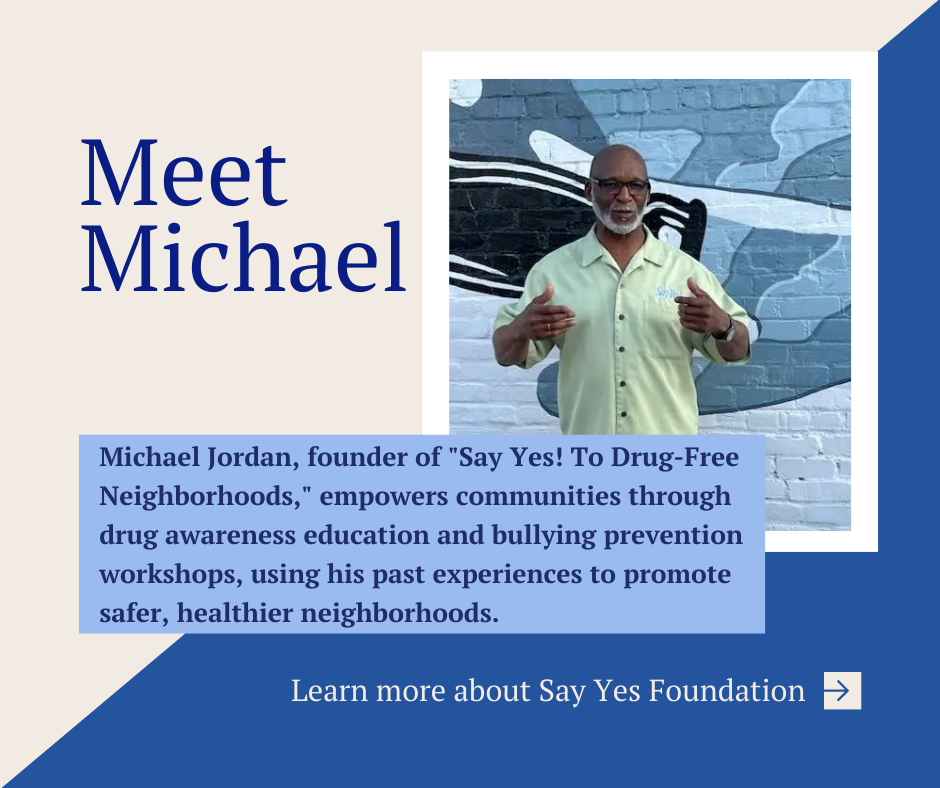Every day, thousands of kids are afraid to go to school because of bullies. A bully is someone who intentionally hurts another person by using abusive words, by excluding others or by using physical threats or violence. Studies show that bullying causes major problems for children, including depression, low self-esteem and truancy. Without intervention, bullies also suffer. As adults, they require more support from government agencies, have more court convictions, use more mental health services and are more prone to alcoholism.
Most of the bullying occurs in or near school buildings. Even though great efforts have recently been undertaken to make schools safer, the threat of bullies is often overlooked. When a child does not feel safe at school—for whatever reason—every aspect of the child’s education is affected. Children know when their school unofficially tolerates bullying. They feel anxious about their safety, and may even begin avoiding classes or refusing to attend school at all. Even those who are not active bullies or victims can be affected. Studies show that children who simply witness bullying incidents experience significant fear and anxiety. Adopting a zero-tolerance bullying policy can help schools create safe, caring environments where children feel they can be heard. Students who are relaxed can focus more energy on learning and participating in their education. In addition to taking a tough stand against bullying, schools also must educate staff and students on the dynamics of bullying behavior. For instance, males usually bully by using taunts and physical violence, while females bully through gossip and exclusion. Understanding the various faces of bullying can make it easier for educators to recognize the behavior and respond quickly.
As serious and damaging as bullying is, most victims do not report it. Even those who report it run the risk of being disregarded. Many adults do not know how to intervene in bullying situations. In a recent study conducted by the American Justice Department, 25% of students reported that teachers intervened in bullying situations, while 71% of teachers believed that they had intervened. Clearly, there is a strong need for bully prevention education. Teachers, support staff, parent groups, student councils and administrators must join together and take action to stop bullying. In the end, dealing proactively with bullying behavior helps everyone involved.

